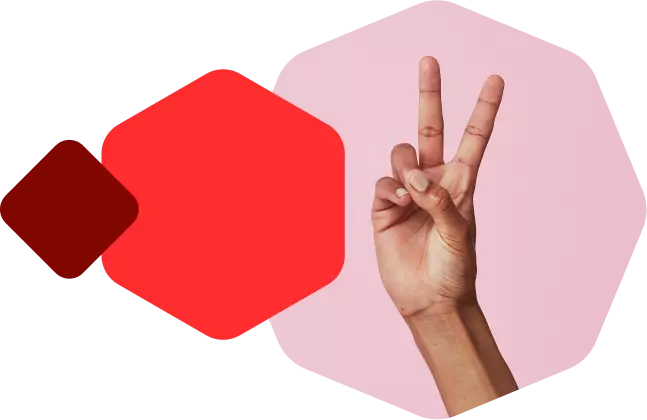
Loopia parking
Ovaj domen je kupio i parkirao jedan od Loopia korisnika. Ukoliko želite da vidite kontakt informacije i dostupne informacije o vlasniku, iskoristite naš servis LoopiaWHOIS.
Da li ste Vi vlasnik ovog domena i želite da pokrenete sajt? Prijavite se u Loopia kontrol panel i realizujte svoj plan.
Registrujte domene kod Loopie
Zaštitite naziv Vaše firme, proizvoda ili ideje registrujući domene kod jednoh od najvećih dobavljača domena u Srbiji i Skandinaviji. Pronađite dostupne domene na loopia.rs »
Puna kontrola nad domenima uz LoopiaDNS
Koristeći LoopiaDNS, možete upravljati svim Vašim domenima na jednom mestu, u Loopia kontrol panelu. Saznajte više na loopia.rs/loopiadns »
Napravite sajt kod Loopie - brzo i jednostavno
Naši hosting paketi sadrže sve što Vam je potrebno kako biste pokrenuli sajt, email, blog ili online prodavnicu.
- Napravite Vaš sajt koristeći WordPress
- Pokrenite Vašu online prodavnicu uz WooCommerce
- Napravite Vaš sajt uz pomoć Loopia Sitebuilder-a
